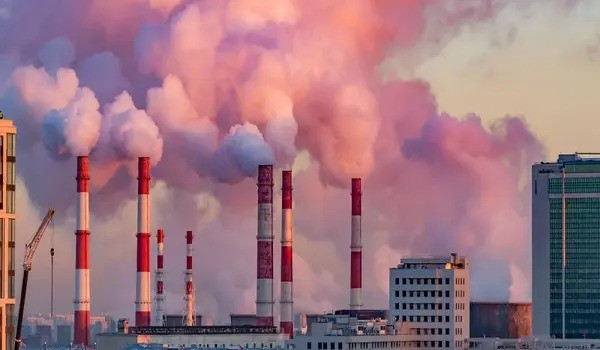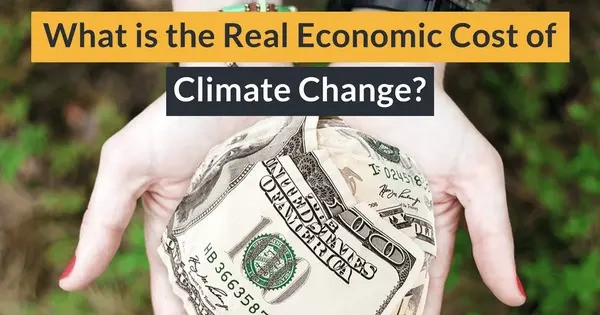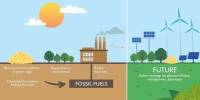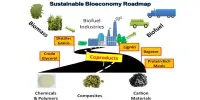The production of commodities such as steel, polymers, and cement in the United States alone causes $79 billion in climate-related harm worldwide each year, according to a new analysis by engineers and economists at the University of California, Davis. Accounting for these expenses in market prices may stimulate development toward environmentally friendly alternatives.
“We wanted to look at the cost to society to produce these materials,” said main author Elisabeth Van Roijen, a recent Ph.D. graduate from the UC Davis Department of Civil and Environmental Engineering. The work was published in Environmental Research Letters.
Van Roijen, undergraduate researcher Paikea Colligan and postdoctoral researcher Seth Kane set out to calculate the missing climate costs for producing nine common materials: aluminum, iron and steel, brick, cement, lime, gypsum, asphalt, glass and plastics.
When considering new technologies, such as biomass-based plastics, if we can account for the benefit of carbon storage in the material, we can make them more cost-effective in the market.
Van Roijen
They gathered information on the amount of these materials produced in the United States, the energy required to generate them, and the greenhouse gas emissions resulting from the production process. They calculated the climatic costs of emissions using the Environmental Protection Agency’s Social Cost of Carbon standard. This is an estimate of the costs of carbon dioxide emissions, including avoiding, mitigating, and recovering from climate-related natural disasters.
The researchers estimated that 370 million tons of these nine minerals were produced in the United States in 2018, resulting in 427 million tons of CO2 emissions. This led in climate costs of $79 billion, which are not reflected in the market prices of these components.
Climate costs are affected by material demand. For example, manufacturing aluminum generates quite a lot of carbon dioxide per weight of product, while making the same amount of brick generates much less. But the tonnage of bricks produced every year is far higher than that of aluminum, so making bricks contributes more to climate costs overall than making aluminum.
Steel and plastics have the highest overall contribution due to the very large demand for these materials.

Almost half of costs from processes
Just under half of the climate costs – 42% — came from manufacturing processes, rather than energy use. For example, making cement produces carbon dioxide because of the chemical reactions involved, in addition to any energy consumed.
This is important because while climate costs of energy can be reduced by switching to renewable sources, process costs are fixed unless we can develop new processes or substitute materials.
“Alternative materials are a really important research area,” Van Roijen said. These could include supplements to partly replace cement in concrete and biomass-based plastics.
Incorporating climatic costs reveals that the true cost of manufacturing these products is far greater than current market prices. Adopting policies that reflect these costs can provide incentives to develop innovative, environmentally friendly processes and materials.
“When considering new technologies, such as biomass-based plastics, if we can account for the benefit of carbon storage in the material, we can make them more cost-effective in the market,” Van Roijen told the audience.
According to Kane, the manufacturing statistics will help inform both practical and policy work. The same methods might be used to other sectors of the economy.
















